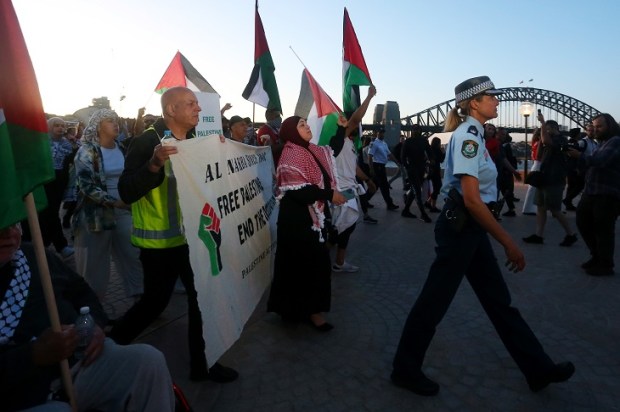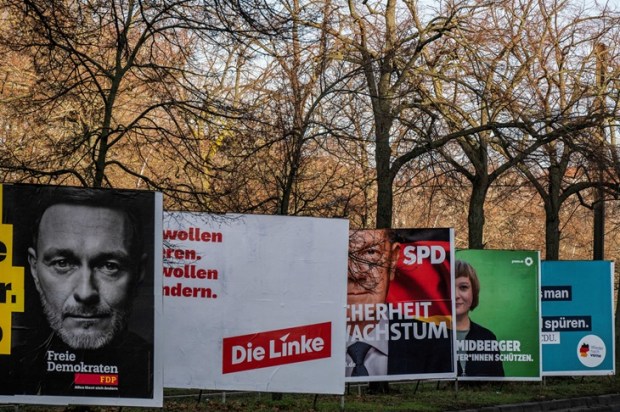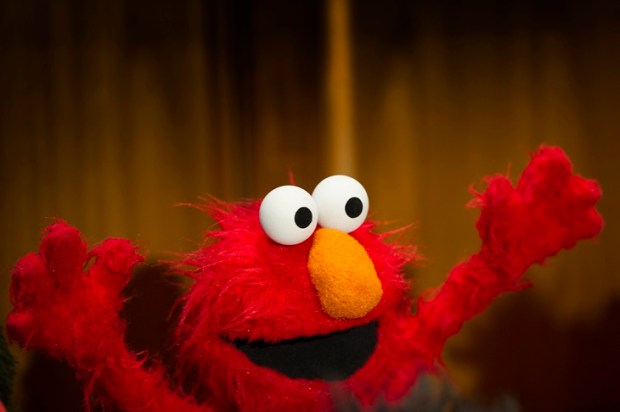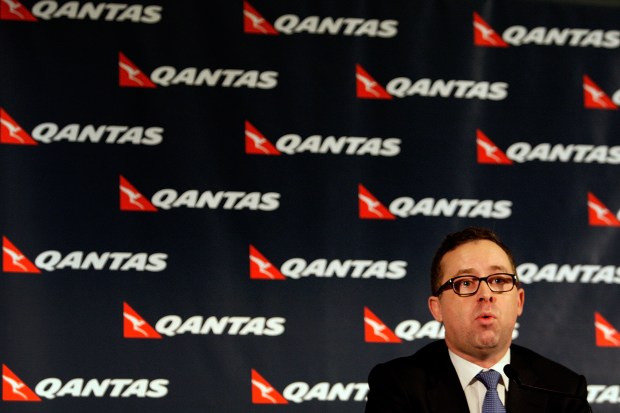J. Mitchell Sances’ recent article about ‘gay erasure’ on the political left says much about what advocacy organisations tend to become after they achieve their initial aims. The article focuses on the US’s Human Rights Campaign, a charity allegedly founded to fight for the rights of non-heterosexual individuals and to demand their equal protection under the law. However, this charity has had very little to do in recent years, especially as conservatives (their historic opposition) are now mostly supportive of civil marriage equality.
It is a position many similar organisations find themselves in. To justify their continued existence, some of these organisations that traditionally advocate for sexual minorities have been spending their time advocating for gender minorities instead. In short, homosexuals and bisexuals are no longer cool enough for their own lobby groups – trans, and especially non-binary, is where ‘it’s at’ these days.
The more gender identities change, the more they stay the same. In many ways, the extreme makeover of ‘Gay Inc.’ into ‘Trans Inc.’ (terms coined by Sances and others) is reminiscent of the Gamergate Controversy of 2014. The similarities between these phenomena are illustrative of many characteristics of the contemporary social justice and intersectional Left’s aggressive colonisation of subcultures (by people who are nominally against colonialism?).
Before we begin, let us introduce our colourful cast of characters:
Gender and Sexual Minorities or GSM is a term primarily used in Canada to refer to non-heterosexual persons (sexual minorities), and for people who are transgender and/or intersex (gender minorities, although that may be semantically inaccurate as a description of intersex). I adopt this term because it is more convenient and elegant than the equivalent term used in Australia (which is now LGBTQIA+, some longer variation thereof).
Sexual minorities are people who are either bisexual or homosexual. Intersex people are people with Differences of Sex Development, which are medical conditions that result in an individual’s sex characteristics manifesting in a biologically atypical manner. However, intersex people are not ‘middle-sexed’ – every intersex condition we know of is a divergence from an underlying male or female template. Biological hermaphroditism – the ability to produce both sperm and ovum that are fertile – has never been observed within the human species.
These are relatively easy concepts compared to all the various permutations of transgender, however, the ‘classic’ kind of transgender person (someone born male or female who proceeds to take hormones, live as a member of the opposite sex, and often engages in surgery to alter their appearance) is most likely someone with a neurological intersex condition; whilst their external anatomy is in accordance with a standard sex template, their brain (or some part/s of it) diverged from that in utero to such a degree that they experience a severe form of distress with their external anatomy. Whilst some people are sceptical that this kind of transgenderism is a ‘real’ thing, the fact that people from across the political spectrum have experienced gender dysphoria and subsequently transitioned (including conservatives such as Blaire White and Caitlyn Jenner, and libertarians such as Deirdre McCloskey) makes it hard to dismiss this phenomenon as a political fad.
This kind of analysis fails miserably with dealing with the so-called non-binary expression of self. There is, in my opinion, no plausible or testable theory to explain non-binary gender identities. I hold to the possibility that non-binary is a misnomer for people who are (to varying degrees) sex-stereotype nonconforming. Others may disagree. The truly interesting features of ‘non-binary’ identities are that they can be embraced simply through self-identification, that their validity or reality is not allowed to be questioned, and that (within the culture of the Intersectional Left) they are considered to be even higher in status than binary transgender identities. (Not that gender identity should have a status, this is simply a sad reality of identity politics.) In brief, ‘non-binary’ allows a man or woman to put a label on themself and claim a level of victimhood comparable to someone who has struggled with gender dysphoria, undergone hormone treatments, and endured extensive surgery. A ‘non-binary’ identity is almost costless to claim and comes with the greatest amount of social clout.
Unsurprisingly, this is why some (including transgender people) have described ‘enbies’ (non-binary individuals) as ‘trans-trenders’. A ‘trans-trender’ is someone who embraces a transgender identity for social clout, prestige, attention, and other more serious reasons. Given that there is some evidence of social contagion contributing to binary transgender identification (something which is finally being discussed within the medical community), it is likely that ‘non-binary’ identities are even more socially contagious given they require no permanent consquences. From an economic perspective, ‘non-binary’ is a rational choice for teenagers within certain cultural contexts.
So how is this reminiscent of Gamergate?
Wikipedia insists that Gamergate was primarily an harassment campaign by straight white male gamers against women and minorities in gaming. This is untrue, or at the very least, an incomplete description. Rather, Gamergate was a microcosm of a problem many people have with the mainstream media: media institutions no longer represent their audience’s perspectives and interests, and instead cater to the narrow ideologies of the people who run these institutions… These are usually university-credentialed hyper-partisan social-justice-obsessed hipsters who openly hold their audience in contempt. You may know it as going Woke.
The inciting incident of Gamergate was the simultaneous publication, across several gaming news outlets, of several articles which all parroted the same theme: ‘Gamers Are Dead’. There was a lot of hatred expressed towards traditional video game enthusiasts who did not appreciate the sudden influx of feminism and social justice into their games. Gamers were called ‘obtuse sh*tslingers’ and ‘wailing hyper-consumers’ while others tried to tie them to real-world acts by saying they were complicit in the ‘atrocities committed by young white teen boys in hyper-capitalist America’. The video game press called for developers to abandon their traditional gaming demographic and instead embrace trendier, more diverse, and intersectional audiences.
Is this not what sexual minority rights activism has done to homosexuals and bisexuals of both sexes? They aren’t trendy enough anymore. They are not cool enough anymore. And they aren’t oppressed enough anymore (especially cisgender white gay men). So, it must be time for something more diverse…?
It should also be noted that this rejection of the traditional audience base, in both cases, occurred within the context of these organisations becoming less relevant. Ever since the US Supreme Court issued its ruling in Obergefell v Hodges, advocates for equal rights for sexual minorities have simply had less to advocate for. By the same token, as independent influencers and content creators (such as YouTubers and Twitch streamers) became more popular, the ‘official’ video game press has become less influential over time.
This kind of institutional hijacking strikes many as implausible – just as one would expect an organisation staffed by nerdy video game players to be representative of its audience, one would expect the sexual minority staff of a sexual minority rights organisation to be sufficient to keep that organisation focused on advocating for the rights of sexual minorities. But again, the Gamergate experience is instructive. When the world of gaming journalism became populated by hard-leftists, it began to serve this demographic rather than its audience. So, what happens when the rights of sexual minorities are mostly secured? The sexual minority activist groups suddenly become overran with trans-trenders, and begin talking more about neopronouns and less about equality before the law.
I could conclude with a snarky remark about the sexual minority community being discarded like the stereotypical gay fashionista discarding last year’s wardrobe, but that would be superfluous. Just like a sexual minority rights organisation that doesn’t advocate for sexual minorities.

























